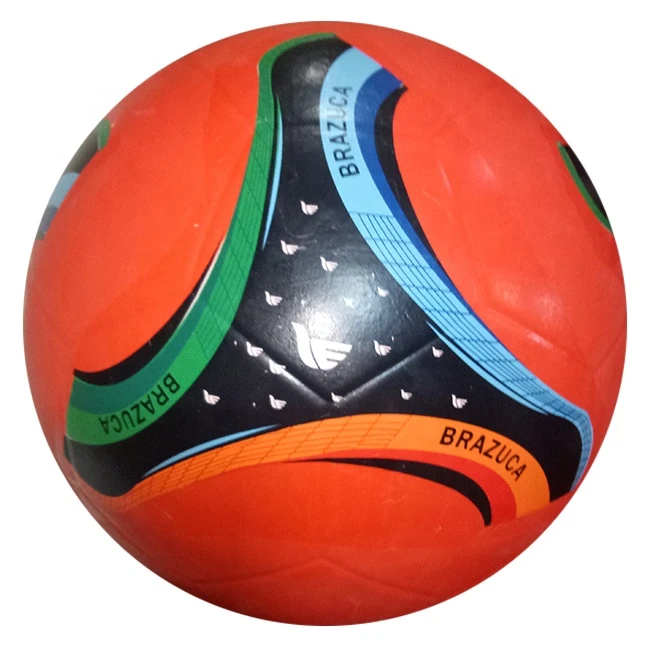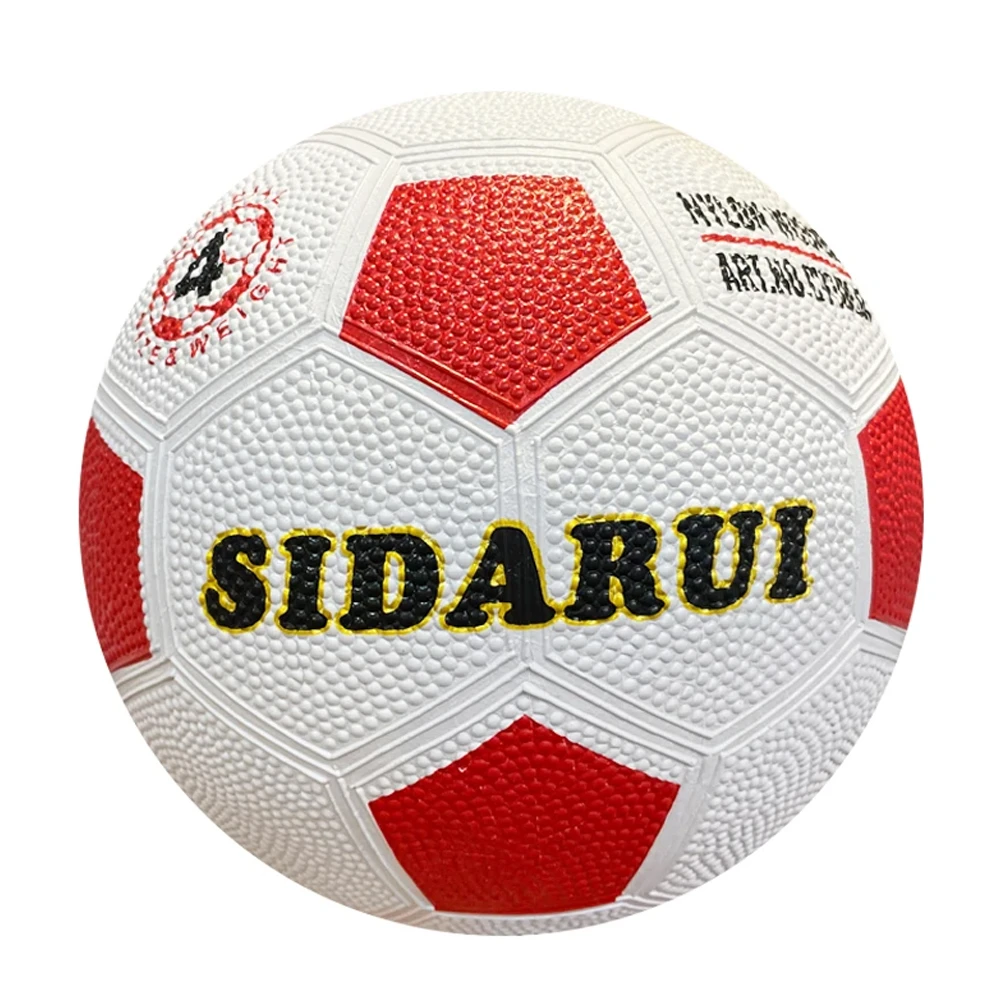Experience the dynamic world of football with the quintessential soccer ball—a vital element that transforms a simple game into a display of skill, strategy, and teamwork. For both seasoned athletes and aspiring novices,
the soccer ball serves as a conduit of passion and gameplay art. With the evolution of technology, the soccer ball has undergone significant transformations, enhancing performance and gameplay experience.

A soccer ball is crafted from various panels of synthetic leather or PVC, ensuring durability and optimal flight in different weather conditions. Each stitch and layer are designed to withstand powerful kicks and intricate dribbles, reflecting a heritage of craftsmanship and innovation. For the experienced player, choosing the right soccer ball involves considering several factors, including the material, size, and panel numbers, tailored to their individual play style.
Professional-grade soccer balls often use advanced polyurethane or hybrid covers, granting superior control and a soft touch. These subtle yet meaningful enhancements offer players confidence to execute precise maneuvers and develop their technique, regardless of match conditions. The expertise in manufacturing a soccer ball lies in balancing between the cover's softness and its resistance, creating a product capable of withstanding rigorous play without compromising on feel and responsiveness.

Authoritativeness in this realm can be attributed to the critical role FIFA plays in defining quality standards through rigorous tests for shape, rebound, and water absorption. Such stringent assessments ensure that every approved ball performs at the highest level, enabling players to trust their tools and refine their skills. Top-tier soccer balls meeting FIFA standards deliver a consistent bounce, predictable trajectory, and reliable performance, crucial elements for high-stakes matches.
football soccer ball
Trustworthiness in soccer ball production is established through renowned brands that consistently deliver balls adhering to international quality benchmarks. Companies like Adidas, Nike, and Puma leverage decades of research and development to engineer soccer balls that enhance player performance. Their commitment to excellence and innovation is reflected in every product, ensuring athletes receive value for their investment.
For enthusiasts looking to purchase a soccer ball, considering these key markers of quality and reliability is crucial. Selecting a ball that aligns with one's level of play and personal preferences can significantly impact the game experience. Training balls, for instance, may offer enhanced durability with a focus on long-lasting use in rough conditions, whereas match balls prioritize precision and sensitivity, catering to competitive environments.
The advent of smart soccer balls has revolutionized training methodologies, integrating sensors to track statistics such as speed, trajectory, and spin. This data is invaluable for players seeking to hone their skills, providing insights that were previously intangible. It's a technological leap that marries traditional ball production with modern data analytics, offering a comprehensive tool for self-improvement and gameplay analysis.
In conclusion, the soccer ball is more than just equipment; it is an embodiment of culture, innovation, and sportsmanship. Its development over centuries underscores a relentless pursuit of excellence. By understanding the nuances of soccer ball craftsmanship—ranging from material science to FIFA-approved standards—athletes can appreciate the complexity behind this seemingly simple object and, in turn, elevate their game to new heights.













